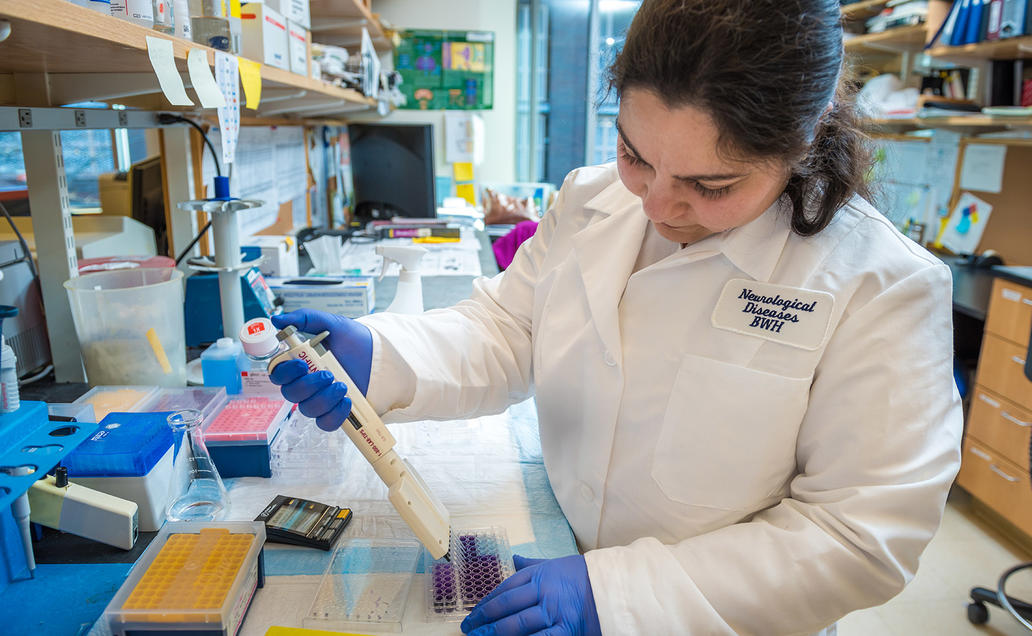The Michael J. Fox Foundation continually strives to communicate our scientific progress with the research community — through posters and presentations at meetings, in peer-reviewed scientific publications and with white paper reports.
Articles authored by Rachel Dolhun, MD, a movement disorder specialist on staff at MJFF, offer a practical review of topics related to Parkinson's disease for practicing clinicians.
No results were found.

Breaking Research Updates
Read the latest developments in the field’s understanding and treatment of Parkinson’s disease.
